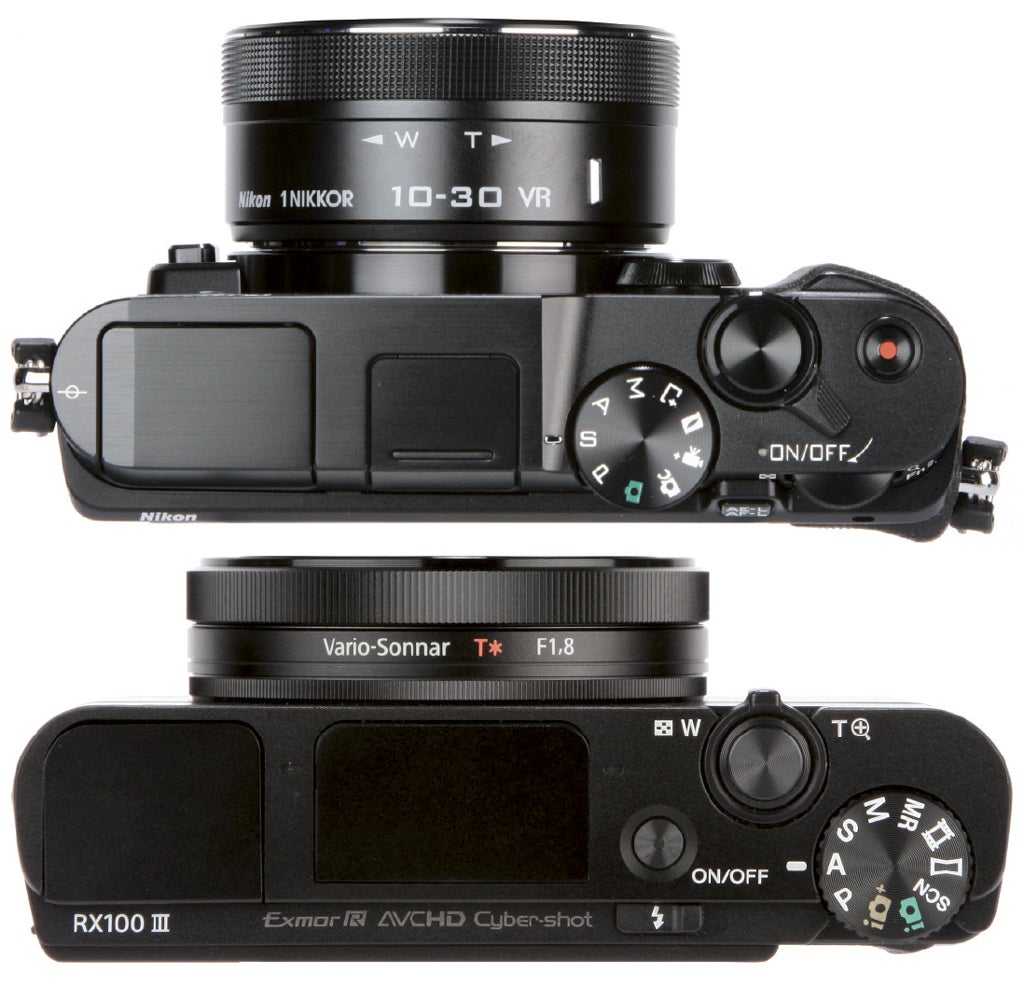Why are lenses on fixed-lens cameras often more compact than those on interchangeable-lens models?

The Sony Cyber-shot DSC-RX100 III’s fixed 8.8-25.7mm f/1.8-2.8 lens is smaller and faster than the 1 Nikkor VR 10-30mm f/3.5-5.6 PD-Zoom (top) despite both being designed to work with a 1in-type sensor
I was recently asked why the lens built into a fixed-lens camera can often be much more compact than a similar interchangeable lens designed for the same sensor size. It is this factor that can make a fixed-lens camera an attractive alternative to a system camera, because not only is the lens more compact, since it is permanently attached, but it can also be better sealed and more robust.
To see the kind of difference I am talking about, compare the profiles of a Sony Cyber-shot DSC-RX100 III to a Nikon 1 V3 fitted with its standard zoom lens. You can see that the Sony’s lens is much more compact, even though both cameras are fitted with a 1in-size sensor. While not exactly the same, the lenses are quite similar. The Sony has a slightly smaller zoom range (25.7mm compared to the Nikon’s 30mm at the long end), but it is also 2 stops faster (f/2.8 as opposed to the Nikon’s f/5.6 at the long end). The reason the Sony lens is so much smaller is that the fixed-lens format frees up a number of design choices for the optical designer, which can result in a much smaller package.
First, the ability to use all the space, right to the focal plane, provides the designer with additional degrees of freedom. For instance, one of the most difficult-to-achieve attributes of a high-quality lens is flatness of field. An additional element called a ‘field flattener’ can help, but it is more effective the closer it is to the image plane. If the camera and lens are designed as a unit, the field flattener can be placed very close to the sensor (in some cameras it actually forms the glass cover to the sensor) and thus be at its most effective. In turn, this frees the design of the rest of the lens from some of its former constraints, and the additional freedom can be used to make the optical cell more compact.
Second, in a built-in lens, the motors and mechanisms that control focus, aperture and zooming can be placed outside the lens, in the camera body. This allows the apparent body of the lens to be smaller.
The space available in the camera body can also be used to allow the lens to collapse into a smaller package when not used. Whereas in an interchangeable lens everything must be contained in the lens barrel, in a fixed lens parts of the lens (such as the aperture mechanism or whole groups of elements) may be moved out of the way into the camera body, allowing the remainder of the
lens to collapse further.
Taken as a whole, these three additional freedoms allow fixed lenses to be designed to be smaller than interchangeable lenses, without sacrificing lens quality.




